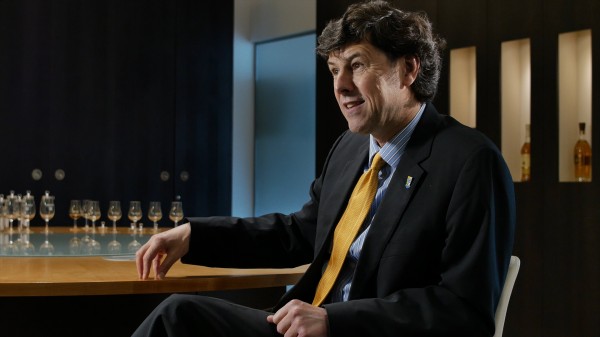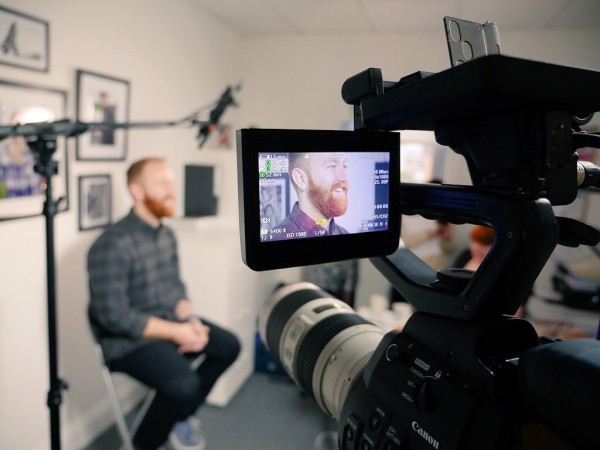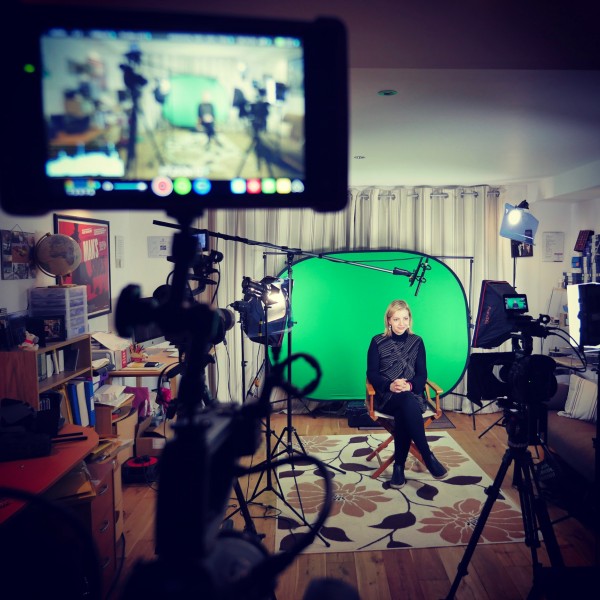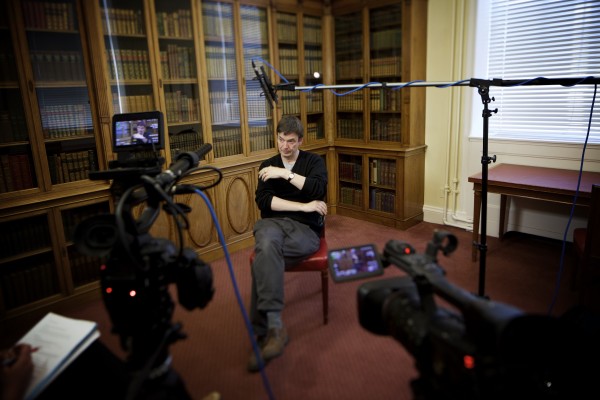- Video marketing tips
Don’t be afraid of the talking head interview
By - Kirsty - 3rd March 2017
A talking head is an interview filmed with the contributor’s head and shoulders in vision. The person may speak directly to the camera, or to somebody who’s sat to one side of it.
But what are the benefits of this style of interview and how can you make it look as great as possible?
1) Be authentic
One of best qualities of a talking head interview is that we see and hear a real person. This creates a feeling of authenticity and transparency, especially if the delivery is unscripted. Seeing a face in a film feels so much more personal than hearing an anonymous voiceover.
But finding an employee who is willing to tell your company or organisation’s story may be tricky. Being filmed can feel intimidating! By treating the interview as more of a conversation than an interrogation, you’ll have a more comfortable spokesperson with a relaxed and natural tone.
2) Convey lots of information
Videos are processed by the brain 60,000 times faster than text. A filmed interview is an opportunity to give your clients and customers lots of details in a short space of time. What’s more, your audience will be far more engaged by hearing a story than reading a list of facts. They will better remember the content of an interview than if it was presented as animated text or on paper.
3) Show off your surroundings
Give some thought to how you frame your talking head interview. Treat it as an opportunity to showcase your workplace. By using a fast lens and creating depth of field, your shot should feel really stylish and inviting. But try to avoid using plain boardrooms and stale office spaces as a backdrop. These could have a negative impact and turn off prospective clients or customers. Remember, your location will also need to be as quiet as possible. It’s easy to underestimate just how much noise is created by people walking and talking, doors closing and loud air conditioning.
4) Take it easy
Filming a talking head interview is fairly simple. You’ll need to allow time for the lighting and cameras to be set up, but once that is done you’re good to go. Try using more than one camera to get alternative angles. Not only will this make editing your content much easier, but it’ll inject energy into your film. Make your interview more bold and stylish by introducing movement. By mounting a camera onto a portable slider or One Man Crew (see below), you’ll add real production value.
5) Don’t overuse it
Don’t be tempted to include too much of a talking head interview in your film. It’ll just get boring and your audience will switch off. Remember that you can use your filmed interview for its audio too. It’ll form the spine of your film, and you can dip in and out of showing your interviewee in vision. Instead of using the interview shot, why not cut to more visually interesting, relevant footage to support and illustrate what is being said.







